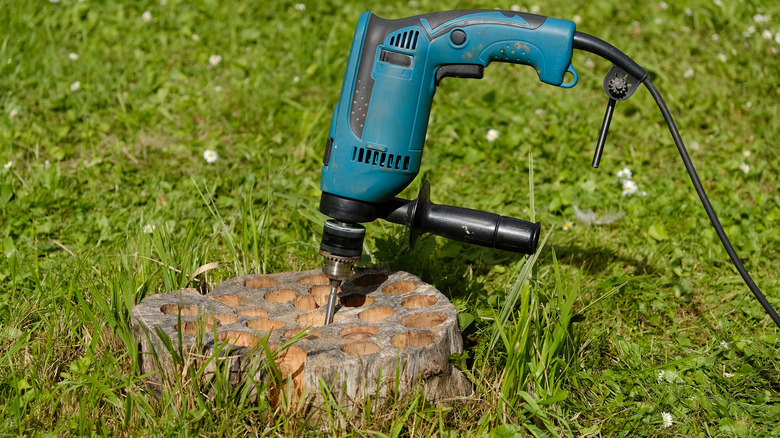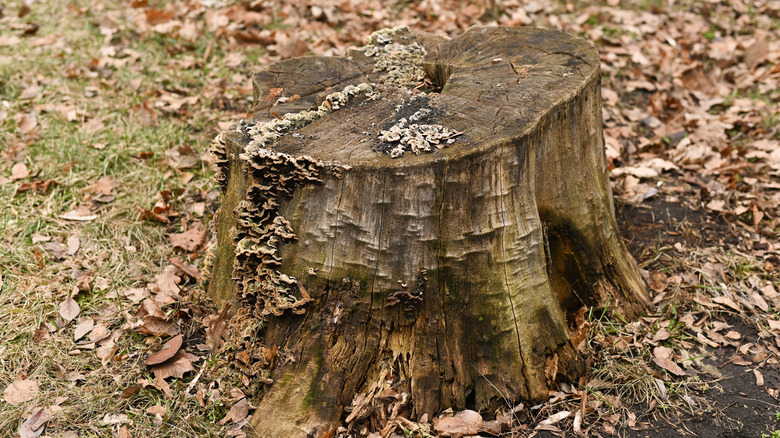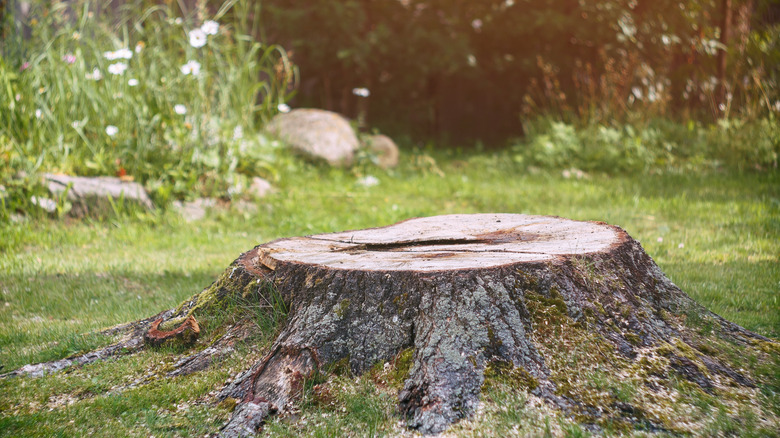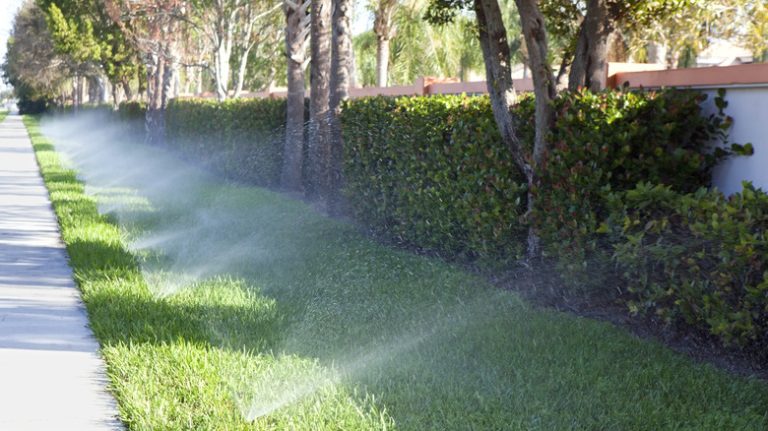Forming a deep connection with the trees in your life and around your house is far from abnormal. In fact, it’s more common than you think. They provide us with shade, a soft place to read a book, help us foster a deeper connection to nature, and feel rooted. Trees also attract plenty of wildlife that can bring life to your home landscape. However, when a tree gets sick, gets struck by lightning, or becomes a hazard, it often has to be cut down. In place of a bountiful, lush, stoic tree, you are left with an unsightly tree stump and a shadow of what was once there. People employ many methods to accelerate the speed of decomposition for tree stumps as they can often pose tripping hazards and are not the most aesthetically pleasing.
As strange as it may seem, urine can indeed help a tree stump rot faster. This is because one of the best ways to get rid of tree stumps is applying a nitrogen-rich fertilizer. Adding a nitrogen-based fertilizer (urine or otherwise) helps fungi grow, which aids in speeding up the decomposition process. However, it is essential to note that this method is not the fastest; it can take a few months to a few years, depending on the size of the stump. It helps to apply urine or a nitrogen-based fertilizer daily to speed up the process.
How to use urine to make a tree stump rot faster

Since human urine is a waste product, many people get squirmish and disgusted at the thought of handling urine. However, humans have used urine as a crop fertilizer for thousands of years. This is because it has some of the main ingredients found in chemical fertilizers, like nitrogen, phosphorous, and potassium. One recent study found that farms that used urine fertilizer produced 30% more grain than traditional farms that did not use a urine-based fertilizer!
For urine to be the most effective in speeding up the decaying process of a tree stump, it’s important to take a few preliminary measures. First, cut the stump down to the ground as much as possible using a chainsaw. Then, you want to use the chainsaw to make significant cuts across the base of the stump and a wood-boring drillbit with a corded electric drill to drill some deep holes. This helps to alter the integrity of the stump and the connective tissues, making it weaker and easier to break down. Also known as scarring, you want to make as many lines and holes on the surface of the stump as you can. Next, you want to fill the holes, cover the top of the stump with soil and compost, and dowse it with urine daily. This method has lots of successful testimonials, and you should start to see results soon.
Breaking down the facts about how urine can speed up tree stump decay

We already established that the primary reason urine is effective for accelerating tree stump decay can be attributed to the fact that it is high in nitrogen. Nitrogen-rich fertilizers are vital for speeding up tree stump decomposition, making urine a perfect solution! However, there are lots of elements that contribute to speedy tree stump decay. In fact, you can remove a tree stump with Epsom salt!
Decomposition rates are directly informed by the carbon-to-nitrogen ratio present in a tree stump. Most tree stumps have a higher concentration of carbon than they do nitrogen, which is why adding nitrogen can speed up the process and help the stump break down more quickly. Some tree stumps decay faster than others, depending on the chemical makeup and types of wood tissue present in the stump. For example, sapwood, because it has higher moisture levels, tends to decay faster than the drier heartwood. Think of sapwood as the outer layer of the stump and heartwood as the core. Furthermore, your specific tree’s ratio of sapwood to heartwood and, subsequently, carbon to nitrogen will directly inform the speed of decay. However, in all cases, adding nitrogen (or urine) to the mix will invariably speed up the decomposition process by feeding the decay fungi and microbes that help decompose the tree stump back into the Earth.




